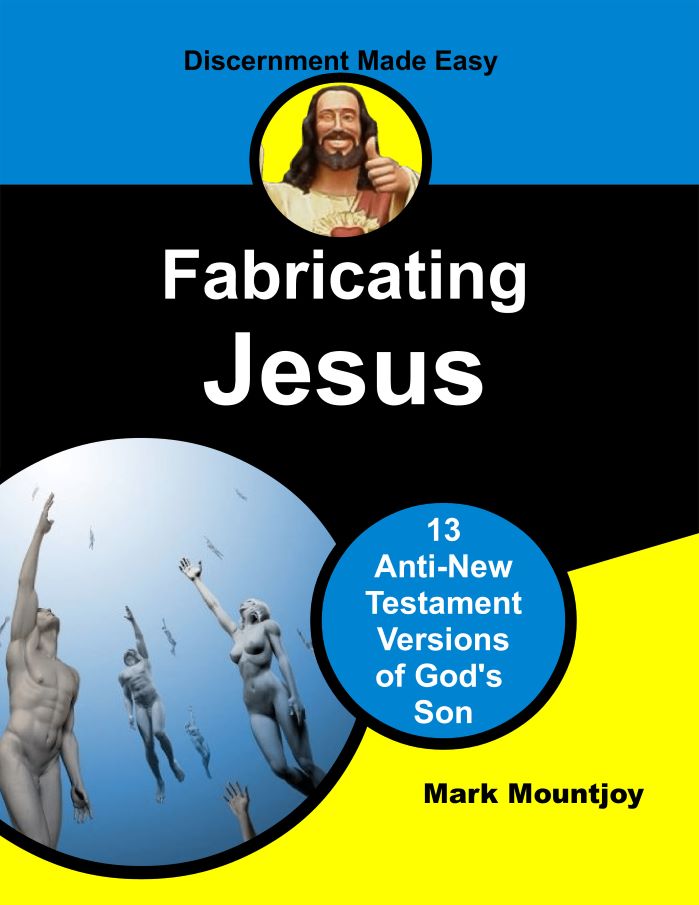
There Are Many Reasons Christians Should
Carefully Question Tenets and Claims That Have Already
Proven to Be Notoriously False in the 20th Century
The concept of a secret Rapture of believers before a period of tribulation is a popular belief among several Christian groups today. They cite a few key Bible verses to substantiate this idea. However, as we critically examine these purported proof-texts in their appropriate contexts, significant issues arise undermining their applicability to support a pre-tribulation Rapture. Creative inferences get read into gaps in the narratives, rather than explicit teachings supporting this eschatological timeline. Additionally, comparative analysis of parallel passages sheds further doubt on the interpretations required for these verses to prove a Rapture doctrine. Ultimately, asserting this teaching demands questionable exegetical conclusions not warranted by careful, thoughtful analysis of the key biblical texts cited. Bible-believing Christians must research thoroughly and determine for themselves how to best approach and integrate these complex eschatological issues. This discussion seeks to highlight how shaky the scriptural foundations undergirding the Rapture doctrine in fact rest upon when held to scholarly scrutiny.
The Rapture doctrine, wildly popular in Evangelical Christian circles, links to Matthew 24:40-41 about one being taken and the other left. However, Luke 17:34-37 suggests a different meaning - that the "taken" person is killed, their body left unburied as food for vultures. This matches the terror tactics used by the Zealots in the 66-70 AD Jewish Civil War. As Jewish historian Josephus confirms, their victims were denied burial (Wars 4.6.1:360; 5.13.1:531), defying Mosaic Law to instead insult Jewish custom.
Another attempt at biblical justification comes from 1 Corinthians 15:51-52, describing an instantaneous change "at the last trumpet." Rapturists argue this happens before a coming tribulation. But the text explicitly places it at the last trumpet, not the first. Revelation 11:15 pinpoints this last trumpet as the seventh one, not the first (Revelation 8:1-2). Much imaginative reading would be needed to distort the plain “seventh” into a “first.” Moreover, the recipients expected  fulfillment in their lifetimes―not ours (1 Cor. 7:29-31 cf. 1 Thess. 4:14-18; 5:1-4 and 5:23-24). This fits the disappearance of the Temple in 70 AD which for early believers foreshadowed the arrival of enduring heavenly realities (2 Cor. 5:1-4; Heb. 8:13; 12:28).
fulfillment in their lifetimes―not ours (1 Cor. 7:29-31 cf. 1 Thess. 4:14-18; 5:1-4 and 5:23-24). This fits the disappearance of the Temple in 70 AD which for early believers foreshadowed the arrival of enduring heavenly realities (2 Cor. 5:1-4; Heb. 8:13; 12:28).
2 Thessalonians 2:3 describes a “falling away” (apostasia). Rapturists reinterpret this as a secret removal. Yet apostasia means repudiating an agreement or belief – an abandonment. In context, Paul referenced Jews annulling their 129-year-old client state agreement with Rome in 66 AD, triggering war. His subsequent warnings fit the Second Temple’s desecration by Zealots. Ultimately these complex passages point to historical events around 66-70 AD, not a future sudden Rapture out of the blue.
In examining key Rapture proof-texts, substantial questionable inferences and distortions undermine their applicability. The doctrine relies more on creative gaps in narration rather than explicit teachings and necessary inferences are also lacking. A balanced analysis exposes the shaky scriptural foundations built upon and Bible believing Christians must do their own research and decide how they will regard this ideology.
The Origins of the Rapture
Related
Prophecy Fabulations by the King
of False Prophecies: A Critique of The
[Click on the image]
The Fig Tree of the Olivet Discourse

